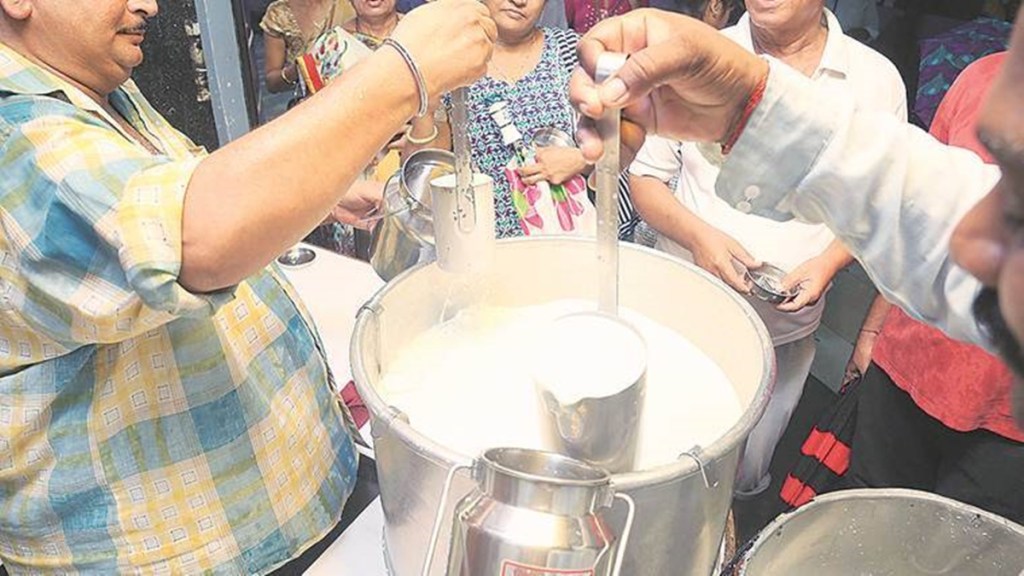Rising milk prices exemplify the stubbornness of food inflation in the country which is the world’s largest producer of this commodity.India also has the largest cattle population. Retail prices for milk rose by 9.31% in March from 4.7% in March 2022. Organised players have hiked prices several times in FY 23. Further increases are in prospect during the summer months ahead when milk yields decline due to heat stress and reduced availability of green fodder while demand for dairy products remains high. For the first time since 2011, India may resort to importingproducts like butter and ghee as their stocks are lower than in the previous fiscal as reported in this newspaper. Milk production too flattened last fiscal after steadily rising over the decades. For a sense of perspective, annual milk production at 222 million tones is close to the output of rice and wheat and is an important source of household income for small and marginal farmers. Dairy is a critical part of the livestock sector which contributes 30% togross value added in agriculture. Along with allied activities like forestry and fishing, livestock contributes significantly to the buoyancy and resilience of agricultural growth. This sector employs more than 80 million farmers according to the latest Economic Survey. Stagnant production and the likelihood that it would not meet elevated summer demand will only worsen milk inflation.
Milk prices are on a rising trajectory for several reasons. A proximate factor relates to Covid-induced disruptions in the breeding cycle and outbreak of lumpy skin disease. The nationwide pandemic restrictions triggered a sudden demand contraction for a few months since March-April 2020 which led dairies to slash procurement prices. Farmers responded by reducing the size of their herds and underfeeding calves and pregnant cattle as lower prices did not cover the costs of feeding them. Calves born during that period, which are now lactating cows and buffalos, have low milk yields. During this period, there was also deterioration of veterinary services, including artificial insemination. The lumpy skin disease led to the death of an estimated 75,000 cattle and lower milk output from infected animals across several states. However, as veterinary services return to pre-pandemic normalcy they can address future outbreaks of disease. The more important factor behind high prices is the shortage -driven doubling of the cost of fodder and dry feed. This problem is a longstanding one and unlikely to recede in importance. Feed accounts for two-thirds of the cost of milk production. Wholesale fodder inflation rose to 24% in February, sharply up from 7.14% recorded in January 2022.
Also read: Bhutan’s imperatives and India’s dilemmas
To tackle milk inflation, the upshot is that fodder shortages must be addressed on a war footing. An appropriate policy response must be fashioned on updated estimates of the shortages of green, dry fodder and concentrated feedas there are varying estimates in the literature.A complicating factor is that the area under fodder production is coming under relentless pressure from population growth. The policy challenge is also that the bulk of milk output comes from the unorganized sector where the animals feed off public pastures and village commons which are in a state of neglect. A big difference can be made by involving local communities in the maintenance and upkeep of such lands. Unless this is done, milk prices will keep rising despite the country being the world’s largest producer.


